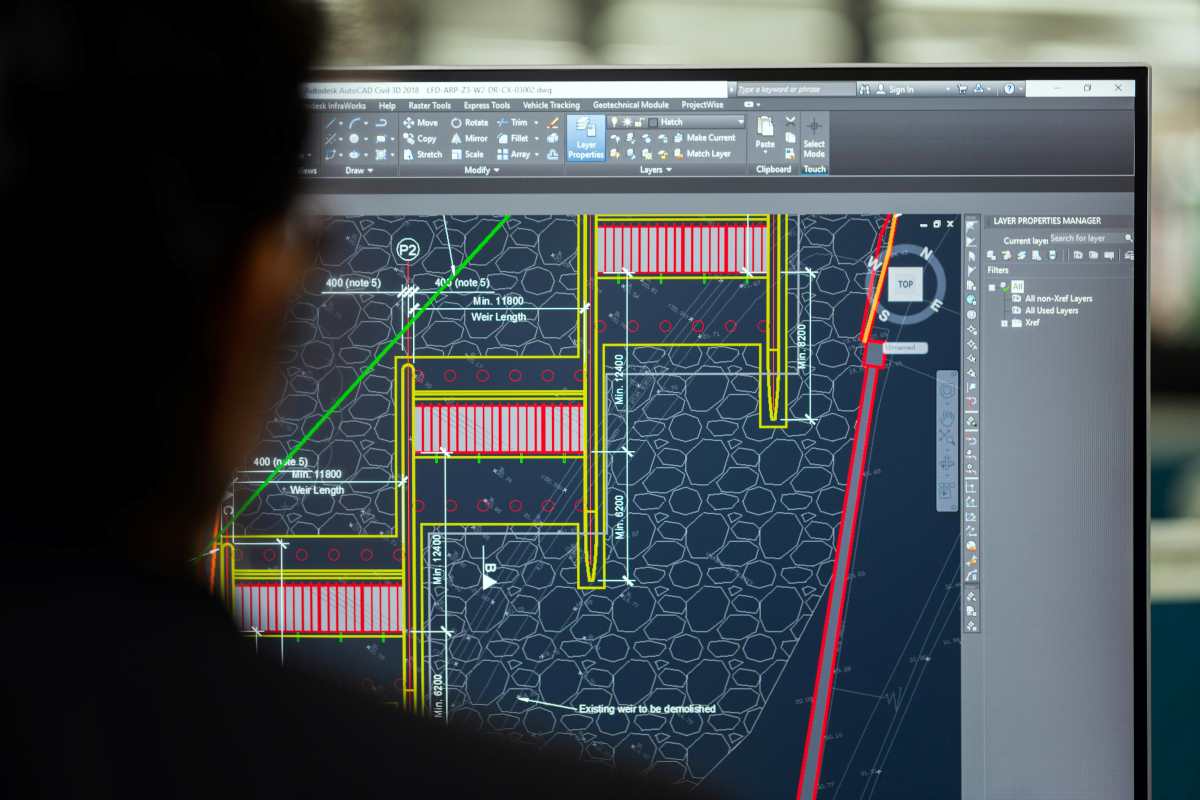
Exterior Structuring
"Exterior Structuring" in software data structures involves organizing data elements that are accessed from outside a system or component. This structuring ensures efficient storage and retrieval of data, particularly for large-scale applications.
It also defines how external data interacts with internal systems, enhancing performance and scalability. Proper exterior structuring enables smooth integration between different software modules and systems.
Data planing
Commercial Data Planning involves designing strategies for managing and utilizing data in a business environment to drive efficiency and decision-making. It ensures that data is collected, processed, and stored in a way that supports the organization's goals.
Effective data planning enables businesses to harness insights from commercial activities, optimize operations, and improve customer service. With structured data planning, companies can ensure compliance, secure data handling, and leverage analytics for future growth and innovation.

Digitally Transform your manual data

Commercial Data Planning ensures a business-centric approach to data management, helping organizations align data strategy with their overall objectives. This involves identifying critical data points, defining data governance frameworks, and ensuring efficient storage and retrieval methods. By integrating advanced analytics, commercial data planning enables businesses to make informed decisions and stay competitive. Proper planning also safeguards against data loss and ensures regulatory compliance, fostering both security and scalability.
Digitally Transform Your Manual Data by converting traditional, paper-based information into structured, digital formats. This process improves accessibility and data management, allowing organizations to reduce manual errors and increase operational efficiency. Digital transformation streamlines data flow across systems, making real-time analysis and reporting more achievable. Automating manual processes enhances productivity, freeing up resources for more strategic tasks. Ultimately, this shift empowers businesses to drive innovation and stay agile in a data-driven world.
